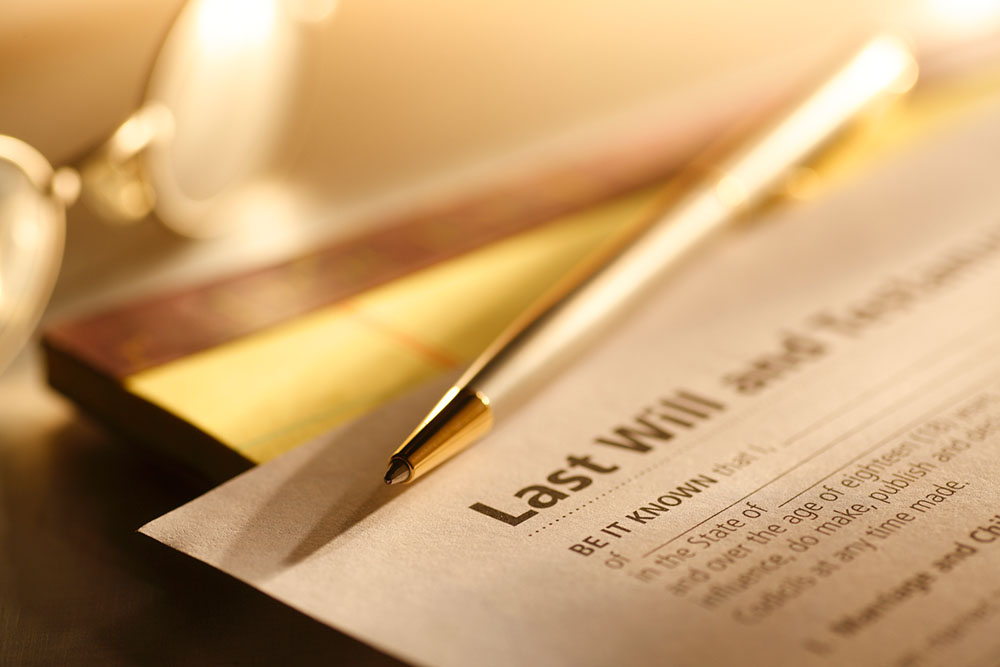5 ideas to cut your capital gains tax bill
This content is for information purposes only and should not be taken as financial advice. Every effort has been made to ensure the information is correct and up-to-date at the time of writing. For personalised and regulated advice regarding your situation, please consult an independent financial adviser here at Castlegate in Grantham, Lincolnshire or other local offices.
With the recent Autumn Statement announcing a cut in the capital gains tax (CGT) allowance in April 2023 and April 2024, many investors are looking for legitimate ways to reduce a needless tax bill. Fortunately, there are still ways to protect your gains in 2022-23. Below, our Grantham financial planners offer five ideas to cut a CGT bill and mitigate the impact of the Chancellor’s tax changes. We hope you find this content useful. If you want to discuss your financial plan, please get in touch to arrange a no-obligation financial consultation, at our expense:
01476 855 585
info@casfin.co.uk
#1 Spread profits out across tax years
In 2022-23, an individual is entitled to earn up to £12,300 in capital gains without tax. This can be very helpful to protect profits from selling an additional property (such as a buy to let) for a profit. However, this Annual Exempt Amount will be lowered to £6,000 in April 2023 and then £3,000 in 2024. Whilst the tactic will not be as effective as before, one way to minimise capital gains tax on certain assets (e.g. shares outside an ISA) is to spread out your disposal of assets over two (or more) tax years. The main risk here is that your investments might change in value by the time you come to sell them later. Your best approach may, therefore, depend on the volatility risk of the asset in question.
#2 Transfer assets between spouses
Marriage and civil partnership can come with tax advantages. In particular, the two people in the couple can transfer ownership of certain assets (to minimise CGT) – without a tax penalty. For instance, suppose a husband is nearing his £12,300 CGT allowance for 2022-23 but is wanting to sell other assets for a profit. In which case, he could transfer ownership of these to his wife – who is yet to fully use her allowance. This can effectively double a household’s CGT allowance from £12,300 to £24,600 for the 2022-23 tax year (although this will reduce in future years).
#3 Use the “Bed and ISA” method
Any investments held within an ISA can be sold for a profit without capital gains tax. Each tax year, you can put up to £20,000 into your ISA(s) to take advantage of this. If you own shares outside of an ISA, for instance, then one option could be to use the “bed and ISA” technique. This involves selling certain shares (hopefully for a profit within your CGT allowance!) and immediately buying them back within an ISA. The minimal time lag between the sale and the new purchase helps to reduce the impact of potentially negative market movements. However, one issue to consider here is that certain assets (e.g. shares) you wish to sell may no longer be appropriate when using bed and ISA. Perhaps these assets are “overpriced” and are at risk of a market correction. Here, a financial adviser can help guide you on whether your capital should be committed towards other funds or investments within your ISA after the sale.
#4 Consider tax-efficient investments
For those prepared to take on a higher level of investment risk (by investing in early-stage companies), the Enterprise Investment Scheme (EIS) may be an option to consider. Not only can EIS-eligible companies and funds offer strong growth potential, but they can enable an investor to potentially save on tax. For instance, EIS shares are not subject to CGT when sold if gains are re-invested into other EIS companies. If you hold the shares for at least three years, then any gains are tax-free and can be invested outside of EIS companies. If you are interested in EIS for your portfolio, we suggest consulting a financial adviser as these investments are not appropriate for everyone.
#5 Use your pension
CGT is levied at different rates depending on the asset in question and your highest marginal rate of income tax. For a Basic Rate taxpayer, the typical CGT rate is 10% on taxable assets that are not residential property (in which case, it is 18%). For a Higher Rate taxpayer, the rate is 20% for non-residential property taxable assets and 28% for residential properties. One way to potentially lower a CGT bill, therefore, is to explore whether you could bring your annual income under the Higher Rate.
Your pension could be a powerful tool in this respect. Pension contributions can lower your total income so that all (or part) of your capital gain(s) could fall within the Basic Rate rather than the higher bands. For instance, suppose Sally earns £55,271 in a given tax year – placing £5,000 of her income in the Higher Rate. She also has a taxable gain of £5,000 in excess of her annual CGT exemption. This means that all of the gains would be taxed at 20% (because it sits within the Higher Rate when added to her income). However, by making a £5,000 (gross) pension contribution, Sally could extend her Basic Rate by £5,000. This brings all of her income and her taxable gain into the basic rate, meaning that only 10% CGT would be paid on the gain.
Invitation
If you are interested in discussing your own financial plan or investment strategy with us, please get in touch to arrange a no-commitment financial consultation at our expense:
01476 855 585
info@casfin.co.uk












